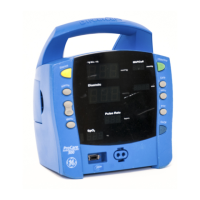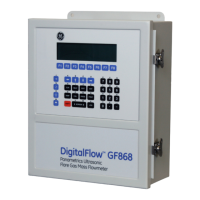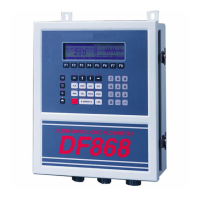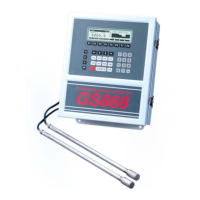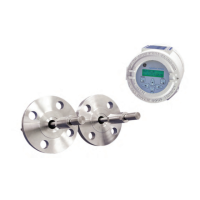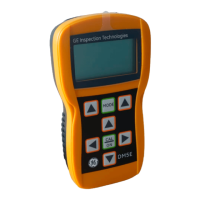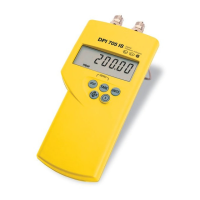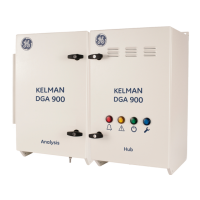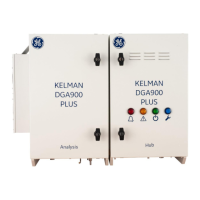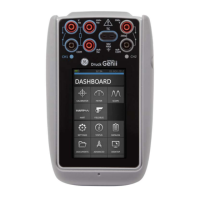Why does my GE DINAMAP ProCare display a blank screen and a high pitch alarm?
- MMatthew BrownAug 21, 2025
If your GE Measuring Instruments displays a blank screen accompanied by a high-pitched alarm, this could indicate an issue with the Mains PWA.

Why does my GE DINAMAP ProCare display a blank screen and a high pitch alarm?
If your GE Measuring Instruments displays a blank screen accompanied by a high-pitched alarm, this could indicate an issue with the Mains PWA.
What does error 940 mean on GE Measuring Instruments?
The error code 940 on your GE Measuring Instruments indicates an incorrect or failed temperature probe.
What does error 930 mean on GE DINAMAP ProCare?
The error code 930 on your GE Measuring Instruments can appear if the cable and sensor are not correctly connected, or if the parameter is turned on but no hardware is installed.
What does error 974 mean on GE DINAMAP ProCare?
The error code 974 on your GE Measuring Instruments may be due to an issue with the Mains PWA and may require unit calibration.
What does error E84 mean on GE Measuring Instruments?
If your GE Measuring Instruments displays error code E84, this indicates a pneumatic assembly failure.
What does error E83 mean on GE Measuring Instruments?
If your GE Measuring Instruments displays error code E83, this may be due to an internal leak in the tubing or pneumatic valve, or the pump not turning on.
What does error E82 mean on GE DINAMAP ProCare?
If your GE Measuring Instruments displays error code E82, this could be due to the wrong cuff type or a failed valve on the pneumatics assembly.
What does error E85 mean on GE DINAMAP ProCare?
If the GE Measuring Instruments displays error code E85, ensure correct cuff placement on the patient. A minor leak in the cuff or a pneumatic assembly failure could also be the cause.
What to do if my GE DINAMAP ProCare Measuring Instruments displays error E13?
If your GE Measuring Instruments shows error code E13, this could be due to an external DC source failure or a depleted battery. Charge or replace the battery.
What to do if my GE Measuring Instruments displays error E12?
If your GE Measuring Instruments shows error code E12, this indicates that you should charge or replace the battery.
| Type | Patient Monitor |
|---|---|
| Brand | GE Healthcare |
| Blood Pressure Measurement | Yes |
| Heart Rate Measurement | Yes |
| Weight Measurement | No |
| Display | LCD |
| Parameters | NIBP, Pulse Rate |
| Battery Type | Rechargeable |
| Power Source | AC power, Battery |
| Model | DINAMAP ProCare |
| SpO2 Technology | No |
Details the manufacturer's warranty obligations and conditions for the equipment.
Details manual revisions, purpose, audience, and related documentation.
Covers safety terms, symbols, warnings, cautions, and hazards.
Outlines service procedures, contracts, assistance, and policies.
Guides proper disposal of batteries, parts, packaging, and the monitor.
Describes the ProCare Monitor's features, parameters, and intended use.
Details the contents of accessory packs and model variations.
Details front panel controls, indicators, and buttons.
Details the monitor's compliance with relevant safety and regulatory standards.
Illustrates and describes external connection ports on the monitor.
Explains power sources, battery operation, and charging procedures.
Guides through unpacking and initial setup procedures for the monitor.
Covers configuration, operating modes, and setting adjustments.
Configures default settings for pressure, alarms, and SpO2.
Details advanced configuration and service mode operations.
Describes the DB15 connector pin assignments and connection details.
Details routine checks, cleaning, and visual inspection for monitor upkeep.
Provides specific instructions for cleaning various parts of the monitor.
Offers guidance on storing the monitor and maintaining battery health.
Outlines procedures for testing BP, SpO2, and temperature parameters.
Details various test procedures including leakage, pressure, and LED tests.
Details test procedures for BP, temperature, and SpO2 parameters.
Provides a template for recording test results and pass/fail status.
Explains alarm codes, error messages, and system failure indications.
Details how to view, print, and interpret the monitor's error log.
Lists compatible parts, manuals, and accessories with their part numbers.
Provides a list of FRUs with corresponding part numbers and descriptions.
Step-by-step guide for disassembling the monitor's main components.
Specific procedures for removing and replacing key internal components.
Details physical dimensions, weight, mounting, and power requirements.
Lists environmental operating conditions and blood pressure measurement specifications.
Provides detailed measurement ranges and accuracy for SpO2 sensors.
Discusses the limitations of NIBP simulators for accuracy testing.
Explains simulator functionality and manufacturer perspectives on their use.
Details EMC compliance for the monitor regarding emissions and immunity.
Outlines EMC compliance for specific interface cables and converters.
Provides guidance on safe distances from RF equipment and lists compliant accessories.
